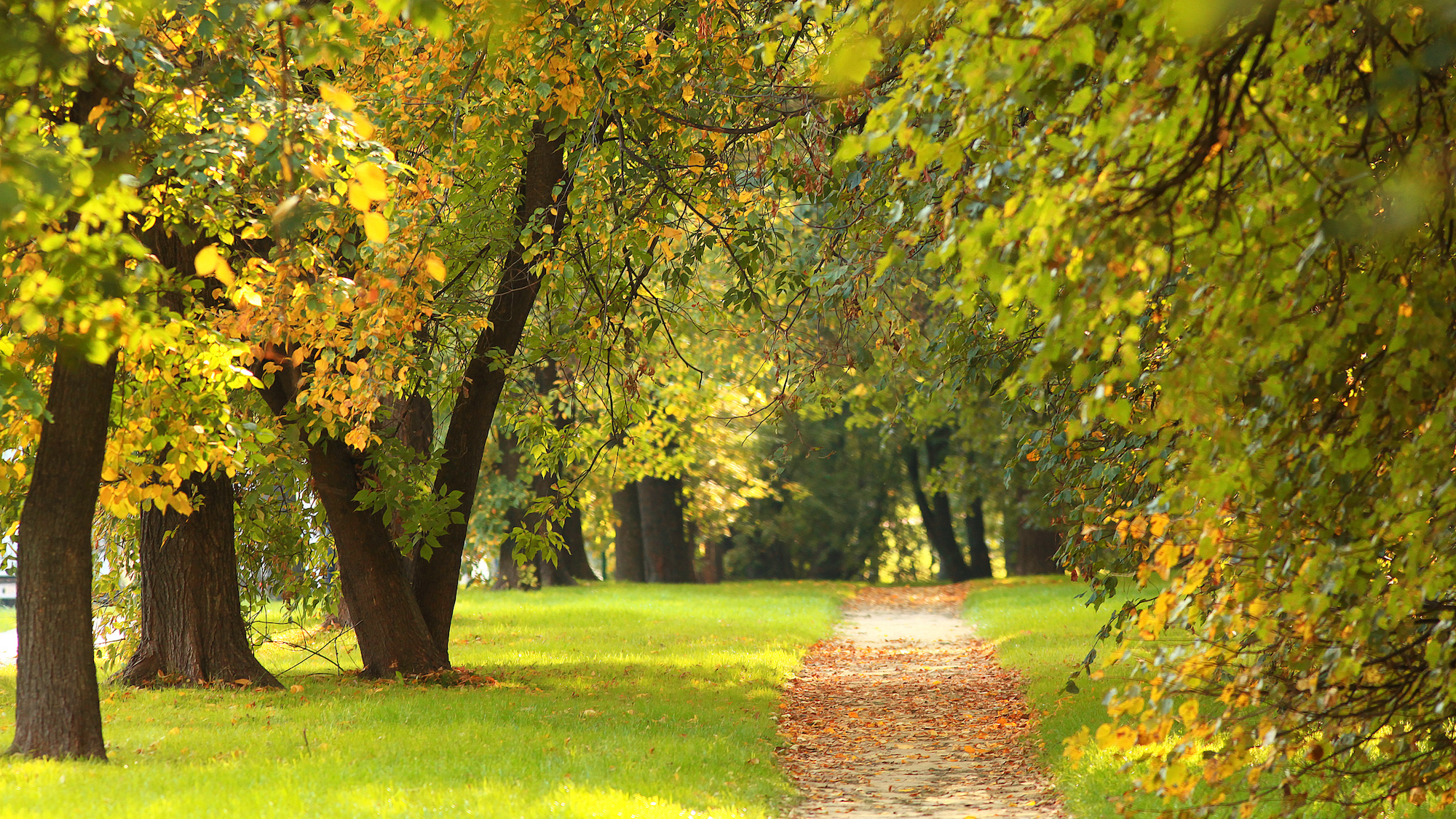More than 1,300 hectares of forest. This is the ambitious project currently being carried out by the Syndicat mixte d’aménagement de la Plaine de Pierrelaye-Bessancourt (SMAPP) at the gates of Paris. The idea is simple: create a green space at the doorstep of the capital, in order to maximally purify the air that residents breathe every day. This large-scale transformation started in 2019 and is expected to be completed within 4 years, providing a way to combat future increases in temperatures.
Thousands of trees of all kinds
It is the Office National des Forêts (ONF) that has carefully selected the 30 species currently being planted in Val-d’Oise, with the goal of bringing the Maubuisson forest to life, which will soon span seven municipalities between the urban basins of Cergy-Pontoise and Val Parisis. A second life that's incredibly exciting for this former agricultural plain, which was used in the 19th century as a wastewater reservoir for Paris.
Voici la #forêt de Maubuisson 🌳 !
— Office national des forêts (@ONF_Officiel) January 15, 2025
👉 Une nouvelle forêt 🌱 de 1340 hectares qui doit créer un lien entre les grands massifs forestiers alentours, pour accueillir le public et favoriser le développement de la biodiversité 🐦.
Plus d'infos⤵️https://t.co/punUNJ5TfD pic.twitter.com/9xxfOSAbLZ
In a few years, once the project is completed, all residents of the region will be able to enjoy 960 hectares of woodlands, 280 hectares of clearings, and 90 kilometers of pathways, creating an exceptional forest site. And most importantly, it will be a major asset for the capital and the quality of its air, as this forest site will be able to store no less than 4.9 tons of CO2 per hectare per year.
A Big Boost to Nature
Not only will this new forest provide us with clean air and fresh breezes, but it will also aim to restore the state of the soils in the area. Indeed, as stated in the previous paragraphs, it had long been used to store the dirty waters of the capital, saturating the ground with toxic substances and heavy metals, like...the lead, the copper, or even the chrome.
🌲 La Forêt de Maubuisson s'agrandit !
— Ville de Bessancourt (@Bessancourt95) November 22, 2023
Didier Leclercq, adjoint délégué à l'aménagement du territoire de Bessancourt, était présent, aujourd'hui, pour participer à la 5ème campagne de reboisement.#ForêtMaubuisson #Biodiversité pic.twitter.com/TO9tggBDbB
So, among the selected species, some, like the American red oaks, will help to absorb these pollutants and store them in their trunks and leaves, so they can't contaminate the groundwater of the old plain. Furthermore, this area aims to connect the forests of Saint-Germain-en-Laye and Montmorency, thus promoting the development of the local wildlife.
